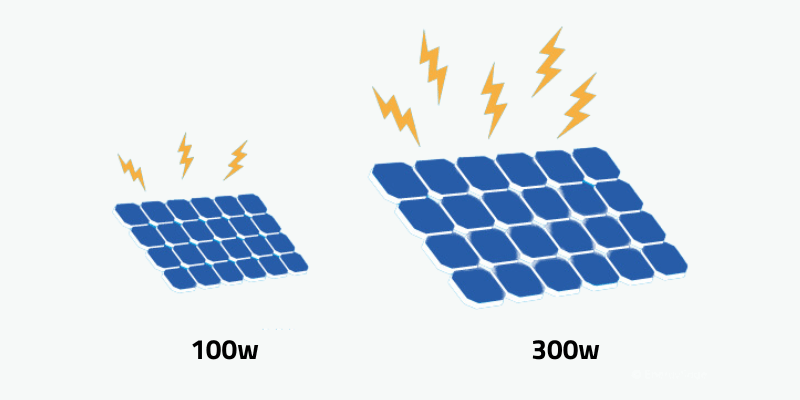Watt mäter kraft, vilket indikerar hastigheten för energiöverföring eller omvandling. Denna enhet är uppkallad efter den skotska uppfinnaren James Watt och är avgörande inom områden som elektroteknik och fysik. Att förstå Watts hjälper dig att utvärdera en elektrisk enhets prestanda genom att mäta sin energiförbrukning och effektivitet.
Vad är watt i enkla termer?
En watt mäter graden av elanvändning eller produktion.
Tänk på det som att fylla en hink med vatten: flödeshastigheten representerar kraft, liknande hur watt fungerar för el.
Till exempel förbrukar en 60-watts glödlampa 60 watt el vid varje givet ögonblick när det är på; Högre wattning innebär större energiförbrukning.

Vanliga watt multiplar och vad de menar
Watt utvärderas i multiplar av 1 000.
- Milliwatt (1/1000: e av en watt) är den minsta enheten som vanligtvis används för att mäta utgångseffekten hos lysdioder och lasrar.
- En kilowatt (KW) är lika med 1 000 watt och är en standardenhet för att mäta elektricitet; Din elektriska räkning återspeglar sannolikt denna mätning.
- En megawatt (MW) är lika med 1 000 kilowatt, som används för att mäta kraften hos stora elektriska motorer, ubåtar och flygplan.
- En Gigawatt (GW) är lika med en miljard watt, vanligtvis används för att mäta utgångseffekten hos stora elektriska generatorer. Stora städer kan konsumera denna mängd wattage direkt.
Elektriska enheter hemma är rankade i watt eller kilowatt; Till exempel kan en glödlampa använda 60 watt medan en mikrovågsugn använder 750 watt.
Apparater som kylskåp har olika betyg: ett startbetyg (t.ex. 1 200 watt) när de först slås på och en körkapacitet (t.ex. 800 watt) under normal drift, vilket kan vara lite förvirrande.
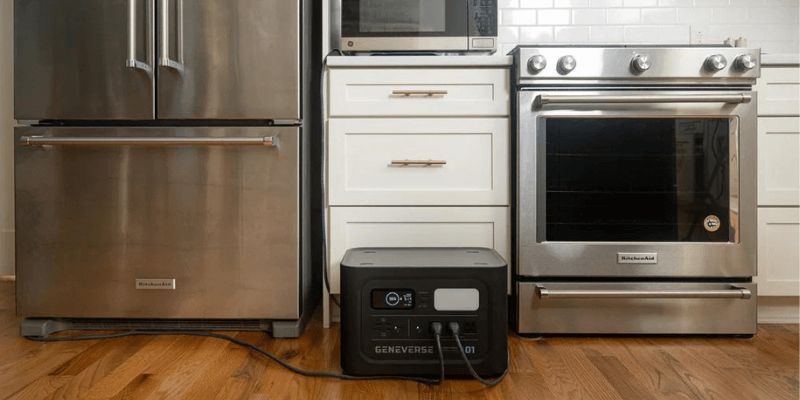
Hur mäter man watt?
För att mäta watt måste du känna till förstärkare och volt från en kraftkälla, som kan mätas med en multimeter.
För DC -kretsar, använd ekvationen: watt (W) = volt (V) × Amper (A).
Till exempel förbrukar en enhet som arbetar med 120 volt och ritning 2 ampar kraft enligt följande: W = 120 V × 2 A = 240 W.
Detta kan också uttryckas som Power = AMPS X -volt (P = I*V) i mer tekniska sammanhang.
Vid AC -effektmätning lägger effektfaktorn (PF) komplexitet eftersom Watts = volt x AMPS x PF. Kraftfaktorn mäter hur effektivt en elektrisk anordning konverterar volt-amerar till watt.
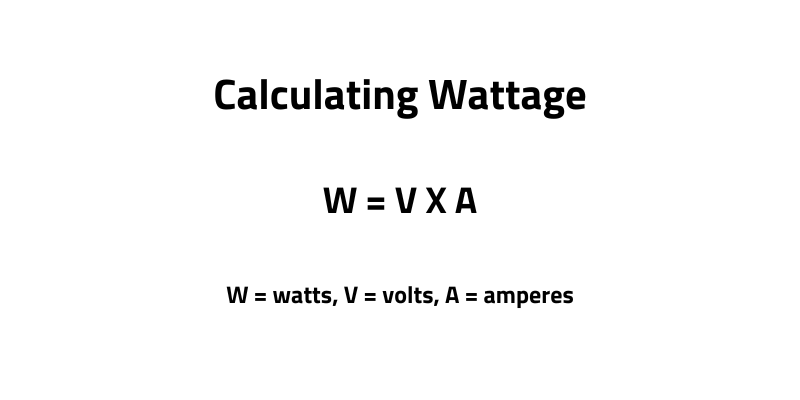
Hög watt mot låg wattage
Hög wattning innebär högre kraftförbrukning, vilket uppmanar skapandet av apparater med lägre watt.
Emellertid är höga effekt gynnsamma för att generera värme; Hetare värmare har högre wattage.
Det är viktigt att notera att apparater med hög wattan producerar mer värme och kan överbelasta kretsar, vilket leder till blåsta säkringar eller snubbla brytare.
Däremot kräver enheter med låg wattera som mobiltelefonladdare och LED-glödlampor mindre kraft.
Skillnaden mellan watt & Wattmurs
Watt mäter den kraft som en enhet använder, medan wattmurs Mät energin som konsumeras över tiden.
En watt-timme är lika med en watt som används i en timme.
Till exempel förbrukar en 10-watts LED-glödlampa i en timme förbrukar 10 watt-timmar energi.
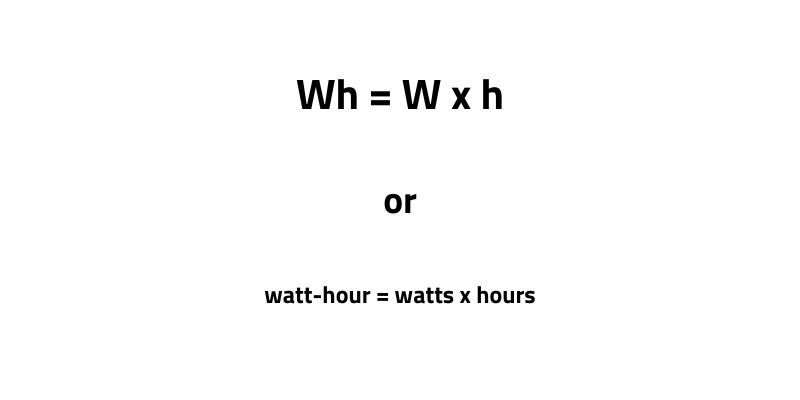
Strömförsörjningskapacitet
En kraftförsörjningskapacitet, mätt i wattage, indikerar den maximala effekten den kan leverera.
När du väljer en strömförsörjning väljer du en med tillräcklig watt för ditt systems behov.
Det är bättre att ha överskottskapacitet än otillräcklig kraft. Sikta på 10–20% utrymme mellan strömförsörjningens maximala betyg och ditt systems krav.
Till exempel, om en enhet behöver 200 watt, använd inte en 200-watt strömförsörjning; Välj en med högre watt, som en 240-watt strömförsörjning.
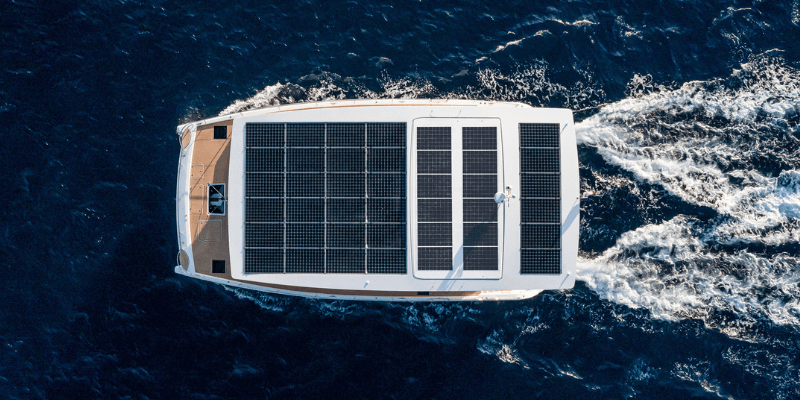
Varför spelar Watts i husvagnar & Båtar?
När du reser i en husbil eller en båt är det avgörande att beräkna dina dagliga kraftkrav.
För marina applikationer, förstå den nödvändiga motorkraften baserat på din båtstorlek.
Bestäm i husvagnaren vilka apparater du kan köra samtidigt.
Till exempel kan en generator som tillhandahåller 4 000 watt stödja en luftkonditionering, mikrovågsugn och flera små apparater men inte alla på en gång.
Om du överväger ett solsystem för din båt eller husbil, beräkna din 24-timmars wattage för att avgöra hur många solpaneler du behöver baserat på deras wattage för att upprätthålla den dagliga användningen.

Hur många watt sol behöver du?
För att bestämma den watt som behövs för solpaneler för att driva RV, båt eller utanför nätet, börjar du med att lista alla elektriska enheter att användas. Spela in varje enhets wattage och avsedd körtid.
Tillsätt därefter wattages tillsammans och totalt körtiderna. Multiplicera dessa två totaler (Total Wattage x Total projicerad körtid) för att hitta de nödvändiga watt-timmarna.
Om du till exempel planerar att köra alla enheter i 12 timmar med en 250-watts solpanel kan den producera 3 000 watt-timmar (250 x 12 = 3 000). Om ditt totala krav överstiger 3 000 watt-timmar under den perioden behöver du mer än en panel.
Denna metod är förenklad; Många andra faktorer kommer att påverka solbehovet. För en mer detaljerad strategi för att beräkna krav för en husbil kan du kontrollera Etrailers artikel.

